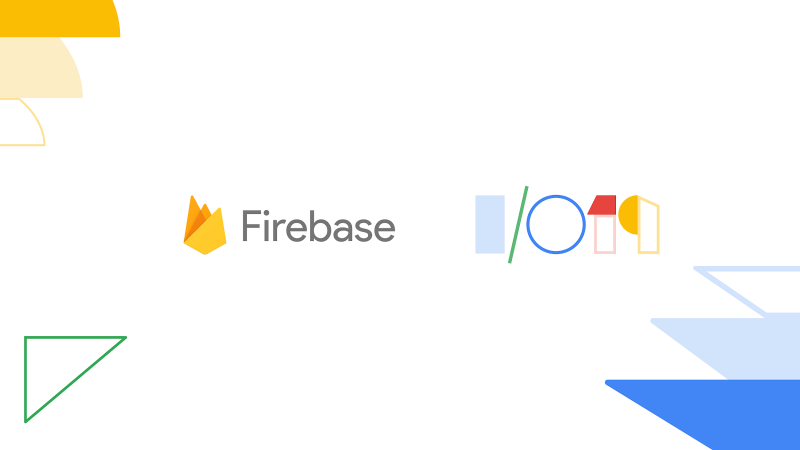 APPS
APPS
 APPS
APPS
 APPS
APPS
Google LLC today is adding more features to its Firebase mobile and web application development framework aimed at making developers’ lives easier and get more of them to use the platform.
Firebase is Google’s main application development platform that enables developers to develop iOS, Android and web apps. As well as providing an app development environment, it offers tools for tracking analytics, reporting and fixing bugs, and marketing and product experimentation. Google, which turned Firebase into a broader app development platform in mid-2016, said the platform now is used actively for 2 million apps monthly.
The wide-ranging updates, announced at Firebase Summit today in Madrid, not only help developers save time but also make it easier to test for bugs in the applications before they’re released and use more advanced analytics.
The first thing developers will notice are the new Firebase Extensions, which are packaged bundles of repetitive code that developers can use to build their apps. The basic idea is that rather than spending hours writing lines of code for a common app function such as adding users to an email list or resizing a profile photo, developers can simply use the code from a Firebase Extension that already details how this is done.
“One of the common problems we’ve seen in the ecosystem is lots of common patterns and problems developers keep doing over and over,” Francis Ma, product manager for Firebase, said in an interview with SiliconANGLE. So Google’s providing a directory of prepackaged code that will be configurable and open-source so it can be customized.
A second important update relates to bug testing. Firebase App Distribution is a new service being launched today that gives developers an easier way to distribute pre-release versions of their applications to groups of trusted testers who can check them for any bugs. Such pre-releases are an important step in the development pipeline, as it’s impossible for most developers to thoroughly test their apps by themselves.
“Developers need easier workflows to test their app before it goes out to users,” Ma said. App Distribution provides a single central hub where iOS and Android test apps can be delivered.
The third major announcement is the addition of more advanced analytics to Firebase, including Google Analytics, Remote Config and Cloud Messaging features now available on iOS and Android to web application development. That will help developers better understand how users are interacting with their apps regardless of what device they’re using them on, Ma said. In addition, developers will be able to create more personalized experiences for app users.
Developers should also appreciate the new capabilities found within the Firebase Emulator Suite, which provides a testing environment for new apps and features under development. In particular, the emulator now supports “Realtime Database triggered functions” and “hot reloading for changes to Functions and Security Rules,” Google said.
Google is also rolling out a new user interface that makes it easier to understand the data in Firebase Predictions, a machine learning-based service that predicts app users’ future behavior. On the security side, meanwhile, Google is enabling its Identity and Access Management tools to be used with Firebase projects for the first time, allowing developers to set granular, custom and predefined role-based access to them.
With reporting from Robert Hof
Support our open free content by sharing and engaging with our content and community.
Where Technology Leaders Connect, Share Intelligence & Create Opportunities
SiliconANGLE Media is a recognized leader in digital media innovation serving innovative audiences and brands, bringing together cutting-edge technology, influential content, strategic insights and real-time audience engagement. As the parent company of SiliconANGLE, theCUBE Network, theCUBE Research, CUBE365, theCUBE AI and theCUBE SuperStudios — such as those established in Silicon Valley and the New York Stock Exchange (NYSE) — SiliconANGLE Media operates at the intersection of media, technology, and AI. .
Founded by tech visionaries John Furrier and Dave Vellante, SiliconANGLE Media has built a powerful ecosystem of industry-leading digital media brands, with a reach of 15+ million elite tech professionals. The company’s new, proprietary theCUBE AI Video cloud is breaking ground in audience interaction, leveraging theCUBEai.com neural network to help technology companies make data-driven decisions and stay at the forefront of industry conversations.